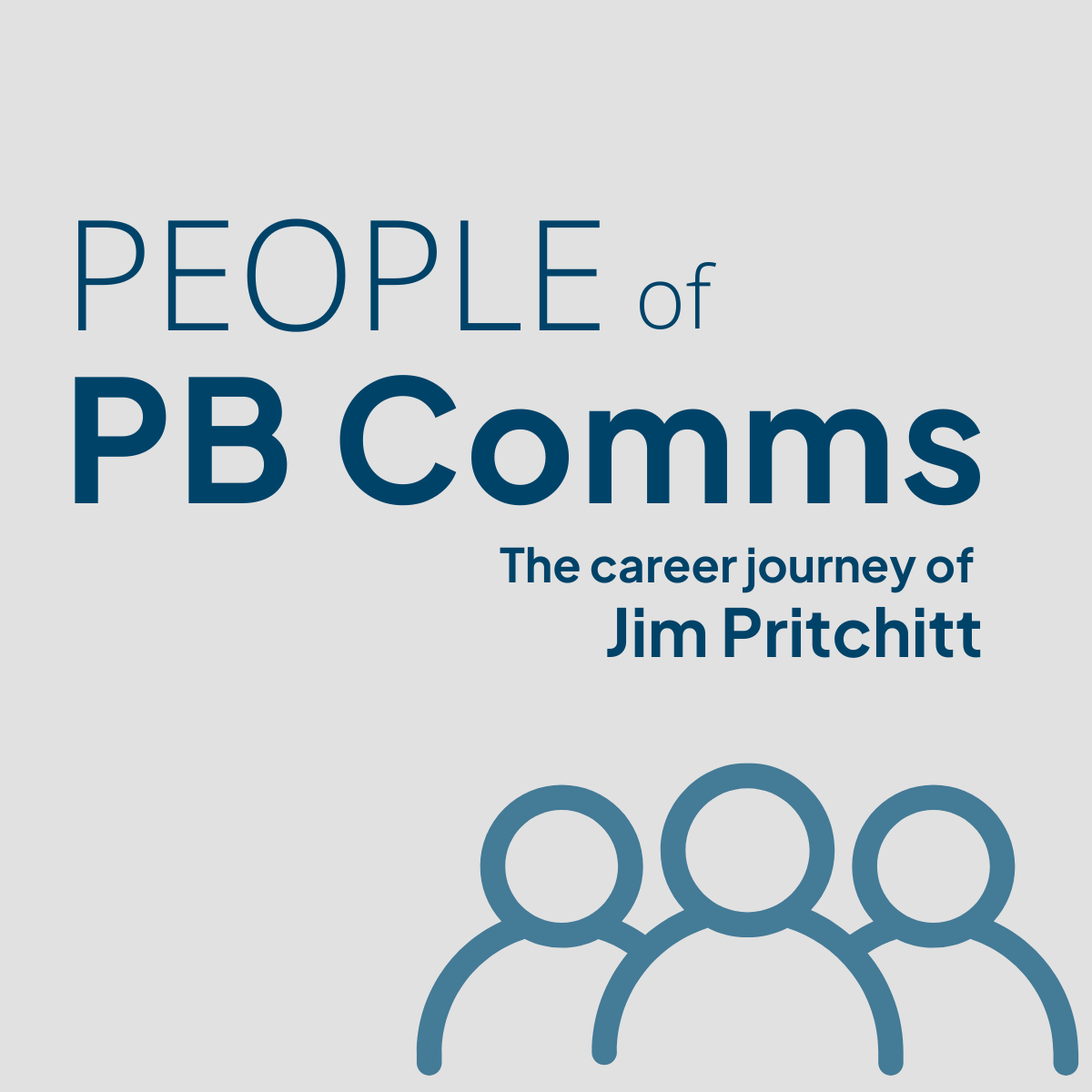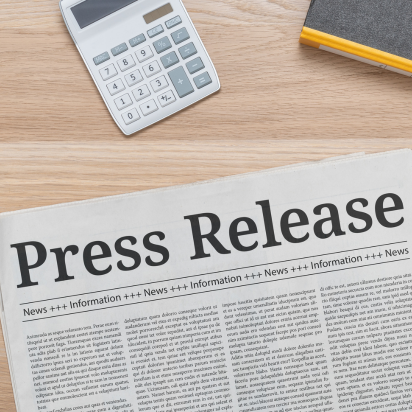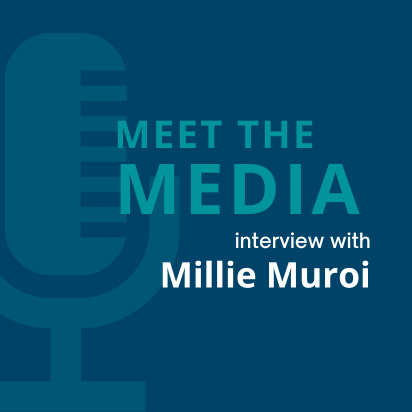If you don’t have a LinkedIn profile, you are missing out on the valuable profile and networking opportunities a LinkedIn presence can bring. But if you do, it is important to ensure you are not missing out on all of the benefits LinkedIn has to offer.
After creating a profile and going through a few of the simple set up steps you may think you have successfully made use out of LinkedIn. Wrong!
LinkedIn is a social media platform that allows you to share and access insightful and thought-provoking content. You can showcase your expertise to your peers, your clients and your entire professional network, in turn promoting yourself and your organisation by being a thought-leader in your area of expertise.
As an executive working in the financial industry, a LinkedIn profile and presence is just as important as having a media profile. Here are some simple ideas on how to start getting the most out of LinkedIn and making it work for you:
Complete your profile page
An obvious one, but one that really makes a different. When you start to post on LinkedIn or interact with others’ posts, users will be curious to get to know who you are, and what experience you have to validate what you are saying. Making sure your profile page is completed and explains your expertise and experience will add authority to your views.
- Some of the most important aspects of a LinkedIn profile to complete include:
- Uploading a high-resolution photo as your profile photo
- Adding a headline that explains your area of expertise
- Upload a header image. Most marketing teams will have created company branded headers for employees to use. It is always recommended to use one that represents your organisation, especially if you represent them publicly. If your company doesn’t have one, look for a free-stock image that is representative of your company’s values or of your expertise
- Provide full details of your work experience, education and volunteer work
- Include a well-rounded summary that makes the most of keywords that highlight your expertise
Grow your network
This is harder than it looks. Sure, you could trust sending a bunch of network connection invitations to anyone and everyone. But this is not the best approach. What you really want is to build a solid network of connections that share similar interests, or work in the same industry as you do. This is important not only for how your connections then interact with you and your posts on the platform, but it also provides a feed of relevant content for you.
With time, you will start to get a lot of connection requests. Be selective about who you accept into your network, and ask yourself if they are connecting for the right reasons – to connect with you, or to simply make it easier to sell something to you – or worse, they just want to get closer to your valuable connections!
Under the tab ‘My Network’ LinkedIn will automatically generate lists of people, organisation or groups that relate to your profile (which is one of the reasons why having a completed profile is important). This is a good start to find those you may want to follow and connect with. This feature can help you grow a healthy network.
Post, repost or comment?
Another great way to start rising your profile on LinkedIn is actively participating on the platform. This can be in the form of posts, reposting other’s posts, or commenting on posts and LinkedIn articles.
For posts and repost there is a fine line between active and spammy. Your goal is to share insightful content with other users and add value to conversations on topics that fall within your area expertise. This doesn’t mean that you need to post every single hour, or repost every single post from your company. Be selective in the content you post and repost. LinkedIn has strict algorithms in play and when someone becomes to spammy, these algorithms will minimise the amount of times your posts and reposts are shown on your network’s feeds. A good ball-park is to aim for social media engagement three – five times a week.
Use the same approach for comments, and be sure that when you are commenting you actually have something insightful to say. Don’t just feel you need to comment on every single post that your network publishes.
It all comes down to quality over quantity. Think about what you are posting and whether it would be of interest to others in your network. Avoid overly self-promoting posts that little or no value - no one wants to see an ego.
It is also important to remember that having a two-way conversation is better than a one-way conversation. Try to mix up how you use the platform, and don’t just post your own posts.
Tag
Tags are a great way to further gain interactions with other users and companies on LinkedIn. But don’t go overboard and tag, say, 100 people for the sake of it. Make sure the tag is meaningful and makes sense. The last thing you want is for another user to flag you as spamming.
A great example of when to tag someone, is if you would like to hear their thoughts on the topic, or what you are posting about is authored by them or in response to something published from them.
E.g. I recently read a fantastic blog by @Claudia Pritchitt from @PritchittBland Communications on how to approach exclusives in public relations and in particular in financial services. It made me think about whether exclusives are something of the past and if it isn’t better to share thoughts and stories more widely to ensure no one is playing favourites.
Hashtags
Hastags are used to help users of social media platforms filter through the tons of content on these platforms. Every time you post on LinkedIn, you should include three to five hastags relevant to your post’s content.
But before just adding a # in front of any word, research whether this tag is being searched by other users on LinkedIn and the number of followers that tag has. This can be done simply doing by using the search bar on LinkedIn and typing in the # symbol followed by the word (for example #financialplanning). By searching the hashtag you can also see how others are using it to make sure that the content is similar and will reach the audience you were targeting.



















